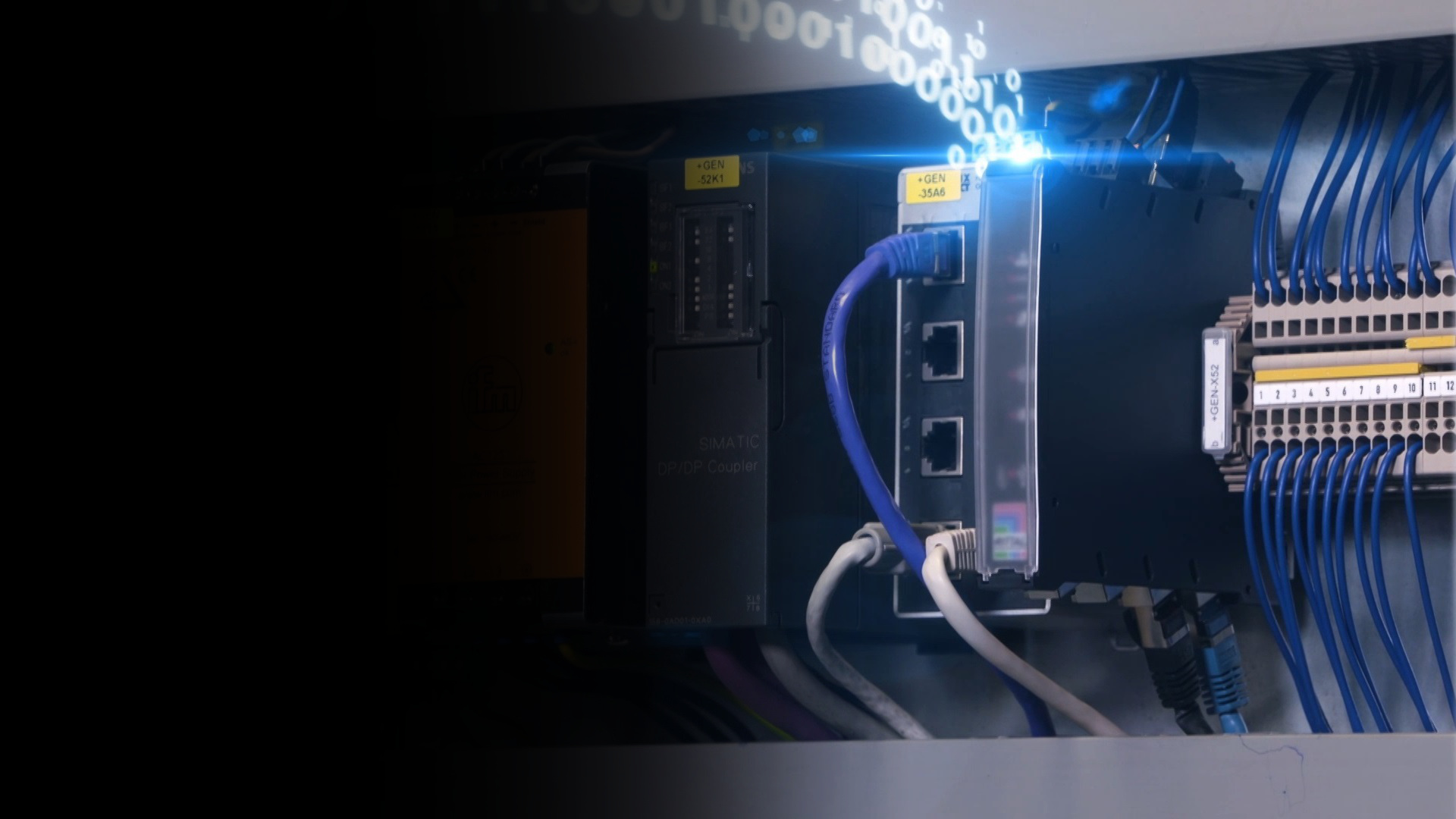By Rittal on Mar 14, 2022 2:08:00 AM
The internet of things A.K.A IOT, is a network of interrelated computing devices, mechanical and digital machines, objects, animals or people that are provided with unique identifiers (UIDs). All of these technological touch points receive and produce data. The ability to transfer this data over a network without requiring human-to-human or human-to-computer interaction is IOT. So what are the challenges that have arisen from IOT and how can we solve them?
Latency
The sensors in the IoT devices deliver data that needs to be collected, processed, evaluated and saved quickly and as close to the source as possible. This physical proximity is key to low latency. If the data has to travel long distances to and from processing centres in the cloud, it eats time. Too much time. Latency can wreak havoc in industries such as manufacturing, where timeliness and precision is paramount. Just a few milliseconds of stutter can put a whole assembly line out of whack.
Security
Cyberattacks, hacks, and security breaches are in the headlines. Unauthorised access to confidential data can have political, economic, and even health implications. Protecting sensitive data and systems is a challenge in two main areas: digital data security, and physical access to and safeguarding of the data centre and IT racks. Both must be guaranteed at all times.
Scalability
To keep up with the fast pace in the market, and to meet demands for efficiency, businesses have to install standardised and modular IT architecture solutions. These are scalable systems that can adapt or expand performance based on demand.
Standardisation can also incorporate existing systems, so there's no need to start from scratch.
Availability
No one likes to be interrupted, and it's no different with data: An uninterrupted data connection between the solution and the data supplier is the most important prerequisite of data availability. In contrast to data security, availability depends on
technical functionality. Even minor errors can have wide-reaching implications, especially in devices that work in single-digit milliseconds.
Basically, edge computing is the decentralised processing of data produced by IoT devices, literally at the edge of the network. This minimises latency by eliminating the route to data centres or clouds. It also enables more real-time data
analysis, a need that is shared by industries such as healthcare, manufacturing, telecommunications, and finance. It's also a need shared by people interacting with IoT devices.
Having an edge data centre closer to the applications not only offers lower latency, but also the opportunity to run calculations that help the applications run more smoothly. Constant condition monitoring helps optimise machines and applications. Lower latency also means people using IoT get what they want, faster and more reliably.
The scalability of edge computing enables the adaptation of computing capacity and infrastructure to the volume of data. Accordingly, standardisation is one essential factor for the scalability of an edge data centre. Because edge data centres are between IoT devices and the core, they can also contribute to data security.

